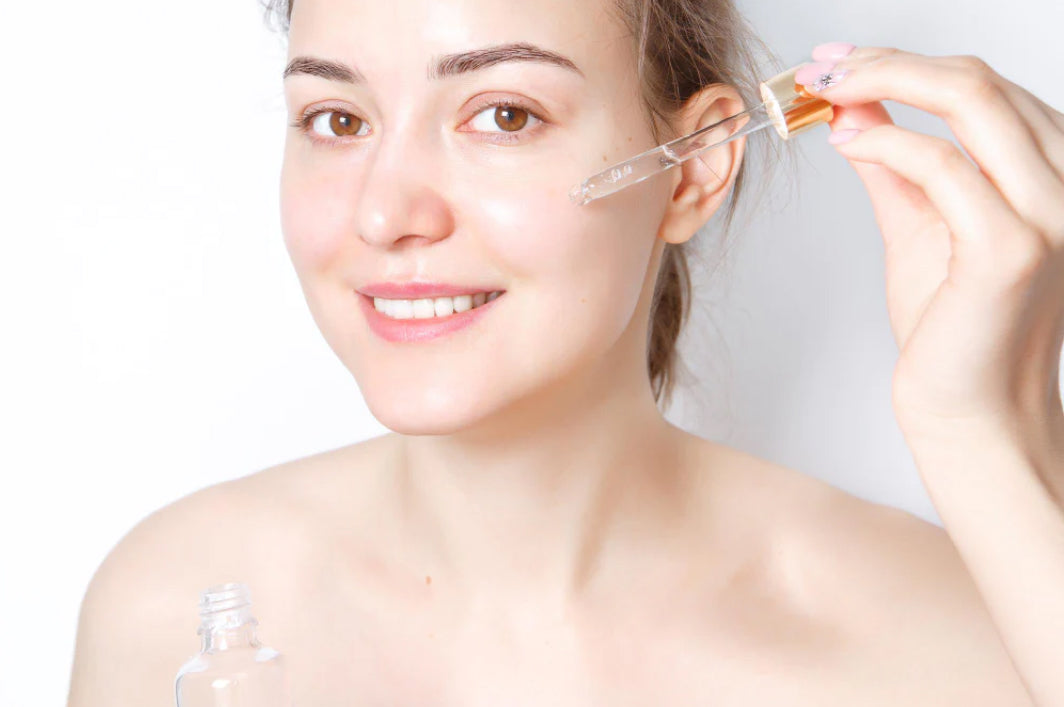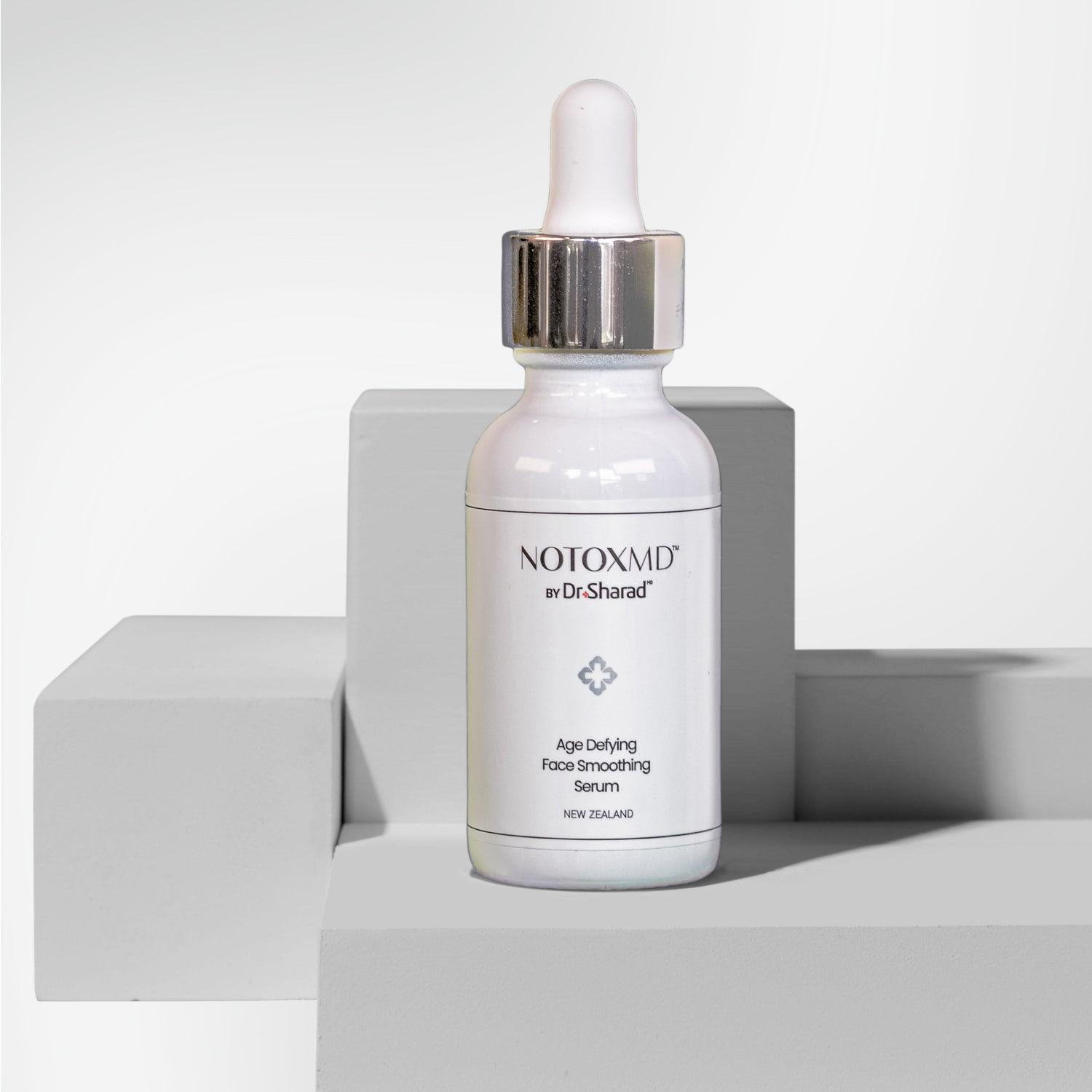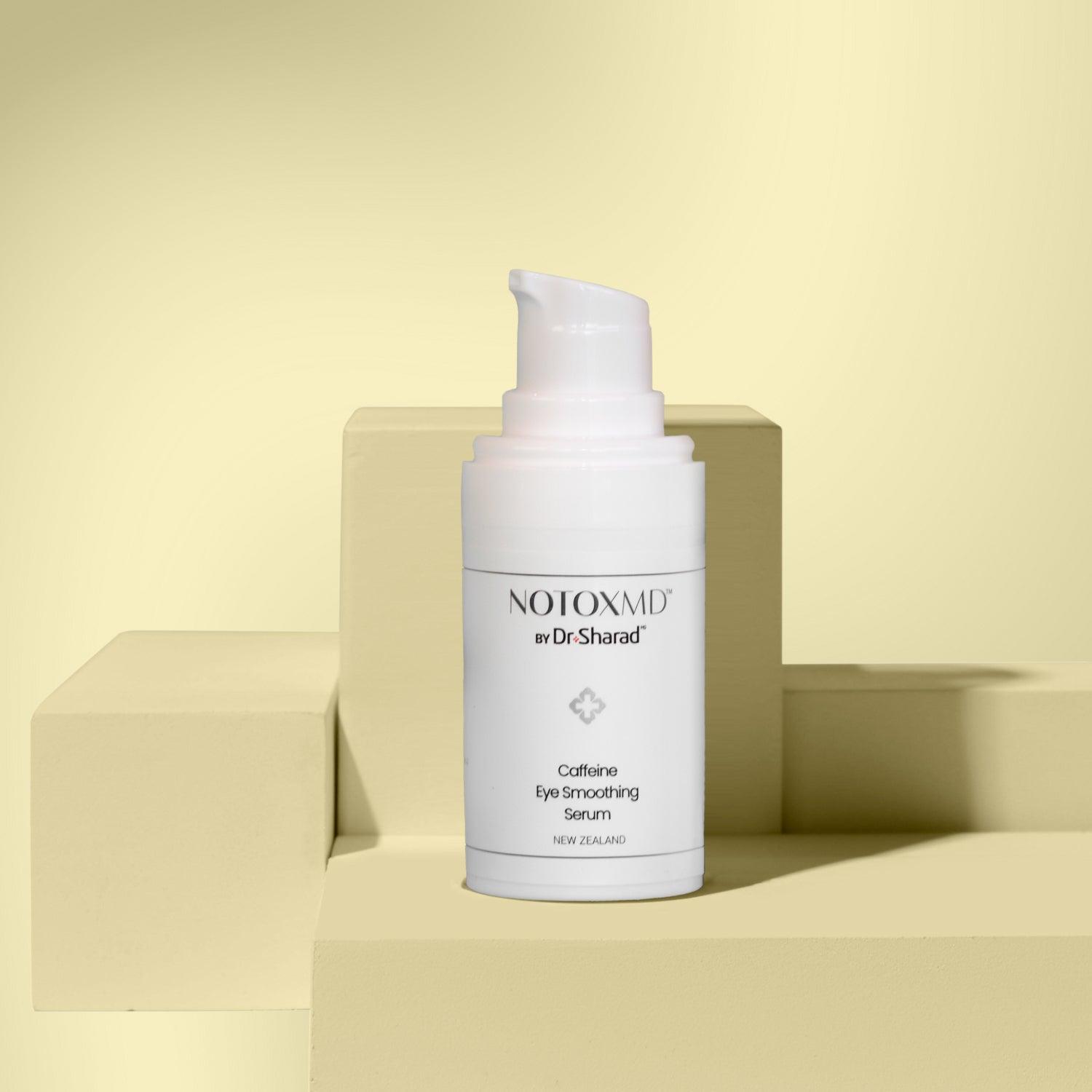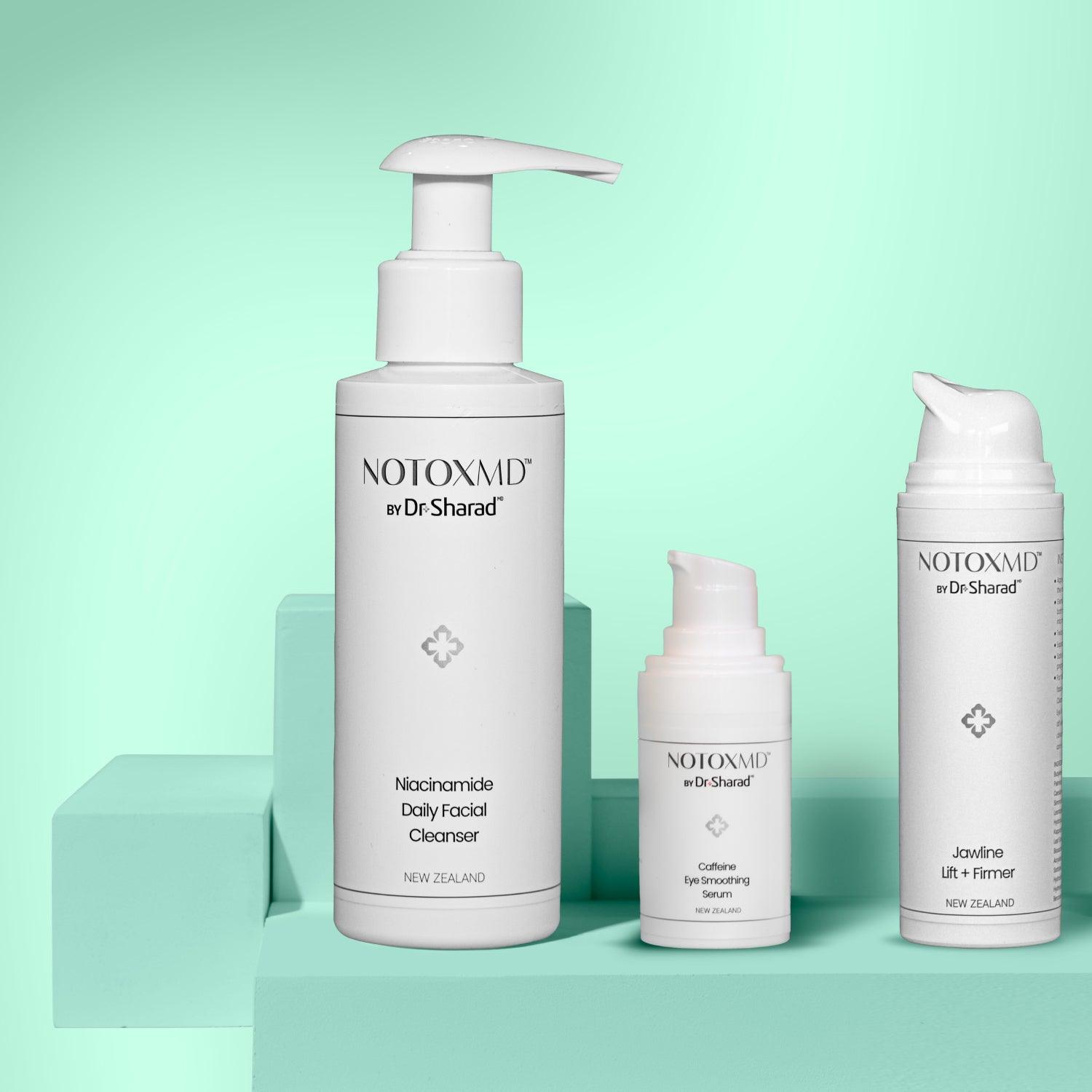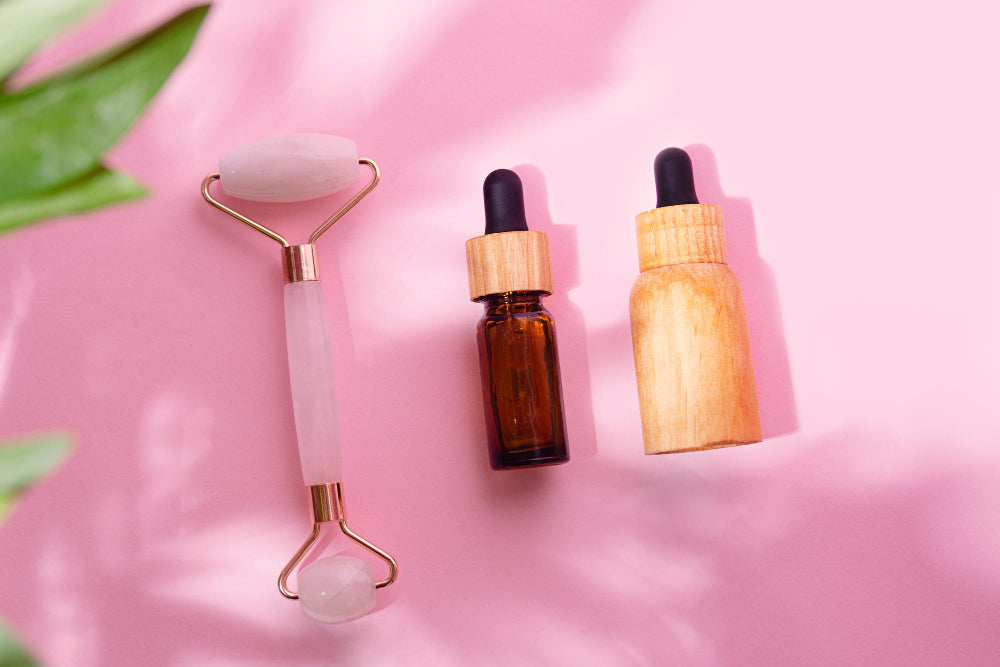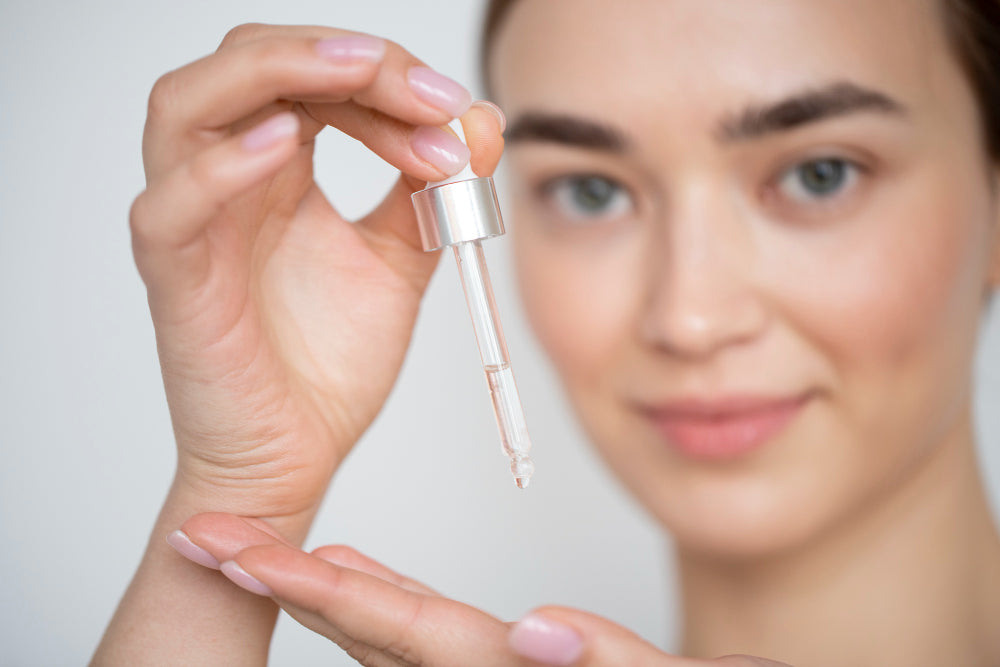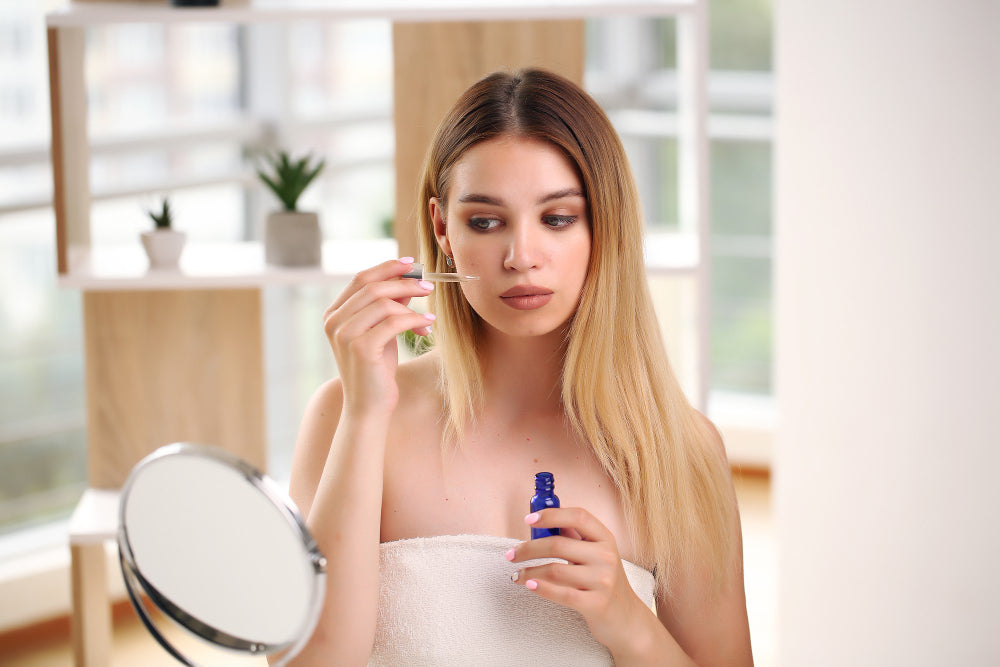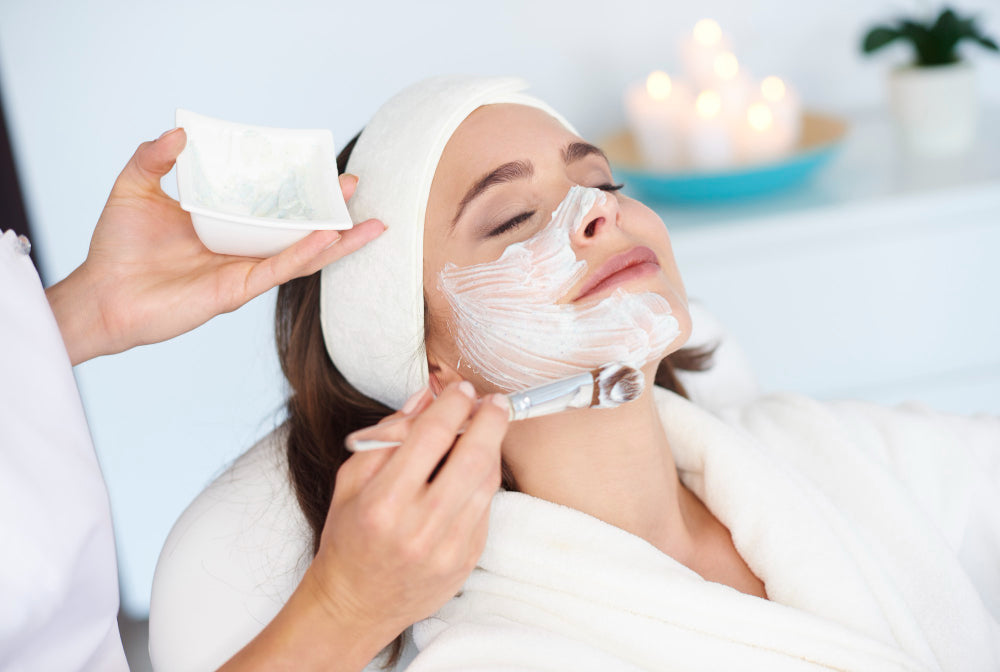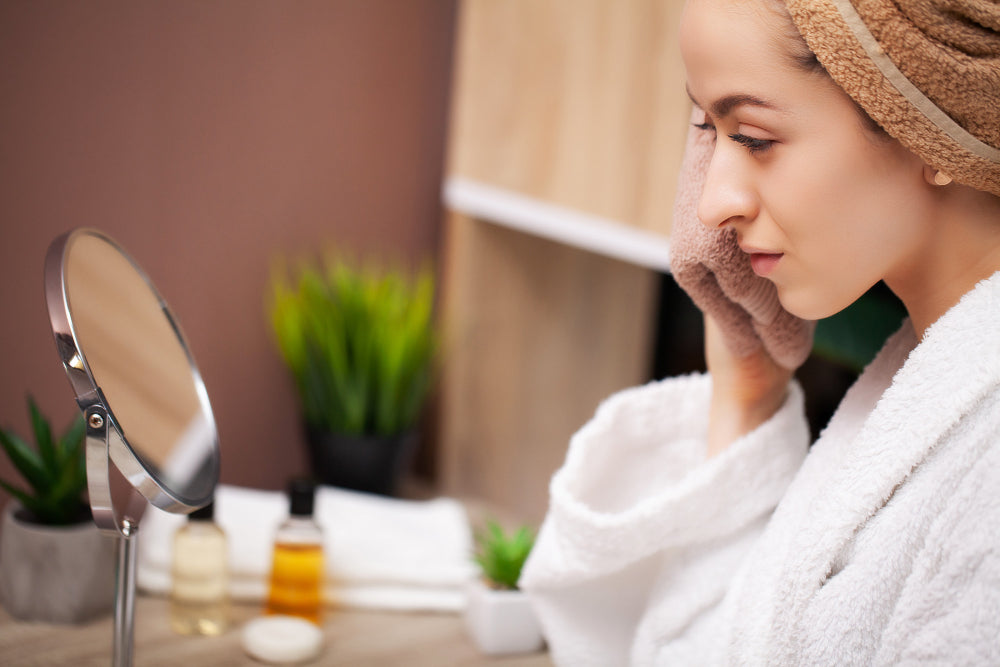Are you someone who loves caring for their skin but feels overwhelmed by the endless stream of skincare products flooding the market? If so, you've likely come across two powerhouse ingredients: glycolic acid vs niacinamide.
But can you use them together? Yes, they can do wonders to your skin giving a delightful look and boost your confidence. Just abide by careful usage and precautions to avoid adverse reactions and reap the benefits of using them together.
Let's dive into the world of skincare chemistry to find out more:
Niacinamide and Glycolic Acid
First, we'll explain glycolic acid and niacinamide and what they do for your skin.
Glycolic acid is alpha hydroxy acid (AHA) derived from sugarcane. It's renowned for its ability to exfoliate the skin, unclog pores, and promote cell turnover, leaving you with a brighter, smoother complexion.
On the other hand, niacinamide, also known as vitamin B3, is a multitasking ingredient with a wide range of benefits. It helps regulate oil production, reduce inflammation, minimize pore appearance, and improve skin texture and tone.
Benefits of Glycolic Acid and Niacinamide
|
Benefits |
Glycolic Acid |
Niacinamide |
|
Exfoliation |
|
|
|
Skin Brightening |
|
|
|
Anti-Aging |
|
|
|
Acne Treatment |
|
|
|
Hydration |
|
|
|
Compatibility |
|
|
Can You Mix Glycolic Acid and Niacinamide?

For the big question: can I use glycolic acid with niacinamide? The short answer is yes, you can!
Contrary to popular belief, the unique properties of niacinamide and glycolic acid can be used together without adverse effects. They complement each other beautifully, addressing multiple skincare concerns simultaneously.
Here's how to use niacinamide and glycolic acid together and enjoy transformed skin:
- Start Slow: If you're new to using glycolic acid or niacinamide, gradually introducing them into your routine is essential. Begin using one product at a time to assess how your skin reacts before combining them.
- Patch Test: Performing a patch test is crucial before diving headfirst into using both ingredients simultaneously. Apply a small amount of each product to a discrete area of your skin (behind your ear or on your inner arm) and then wait 24 hours to observe any adverse reactions like redness, itching, or irritation.
- Use Alternate Days: Consider alternating days if you prefer using both ingredients. For example, use a glycolic acid-based product one day and a niacinamide serum the next to prevent over-exfoliation and potential irritation.
- Layer Wisely: Follow the correct order to ensure maximum efficacy when layering skincare products. Start with lightweight, water-based formulas like niacinamide serums before applying thicker, oil-based products such as glycolic acid treatments. Allow each product to properly absorb into your skin before applying the other.
- Adjust Concentrations: If you're using niacinamide and glycolic acid in higher concentrations, consider opting for lower concentrations of each ingredient to minimize the risk of irritation. Look for products with concentrations ranging from 2% to 5% for niacinamide and 5% to 10% for glycolic acid, especially if you have sensitive skin.

- Listen to Your Skin: Everyone's skin is unique, so pay close attention to how your skin responds to the remarkable combination of glycolic acid and niacinamide. Scale back or discontinue use altogether if you experience redness, irritation, or discomfort
- Use Sun Protection: Both niacinamide and glycolic acid can increase your skin's sensitivity to the sun, so it's crucial to use a broad-spectrum sunscreen with SPF 30 or higher during the day, regardless of the weather. It will help save your skin from sun damage and minimize the risk of hyperpigmentation or sunburn.
When incorporating niacinamide and glycolic acid into your skincare routine together, it's essential to do so mindfully to maximize their benefits while minimizing the risk of irritation or adverse reactions.
To Conclude
In conclusion, you can use glycolic acid with niacinamide. You'll need to understand how these ingredients work and incorporate them into your skincare routine mindfully, and you can achieve healthy, glowing skin that radiates confidence.
By following these steps and listening to your skin's needs, you can effectively incorporate niacinamide and glycolic acid into your skincare routine, reaping their numerous benefits for healthy, glowing skin.
So embrace the chemistry of glycolic acid and niacinamide, and let your skin reap the benefits of this dynamic duo ~!
Recommended for You:

